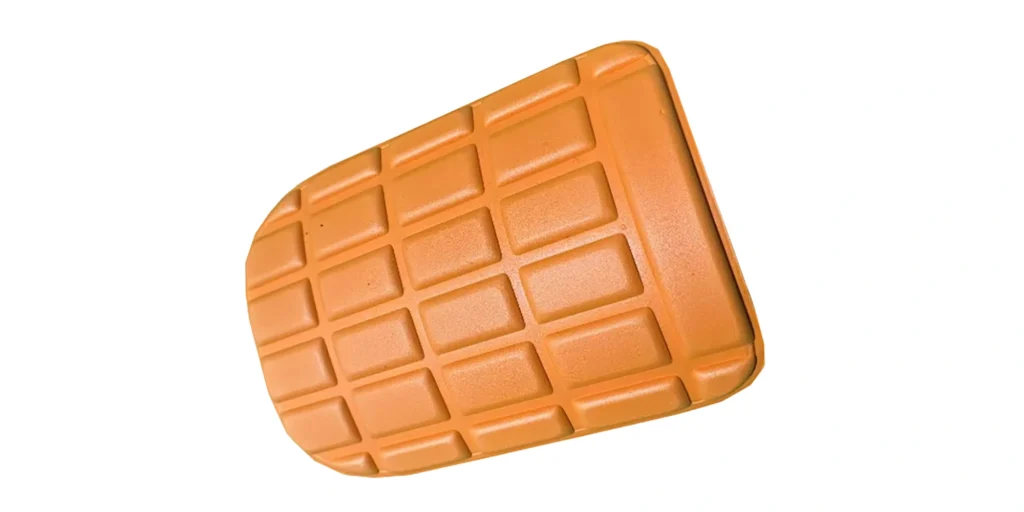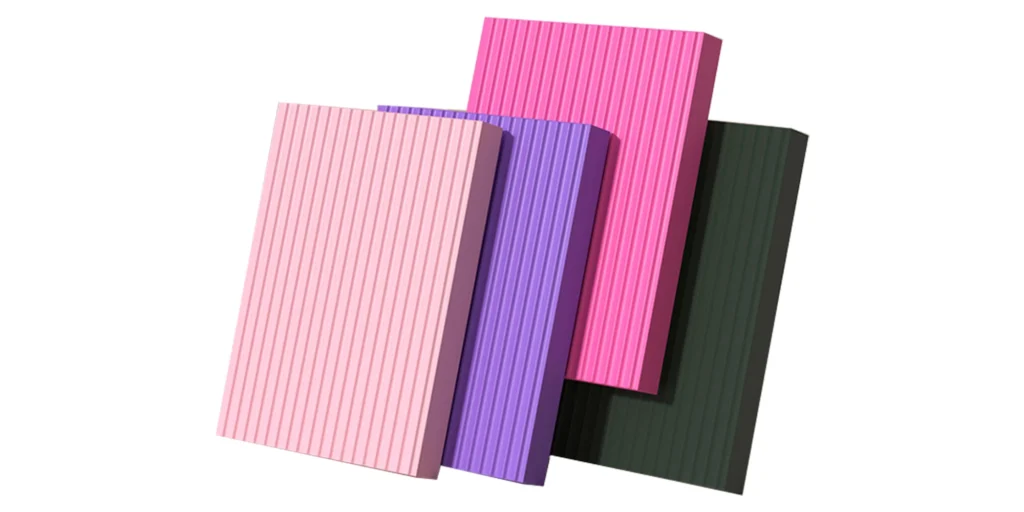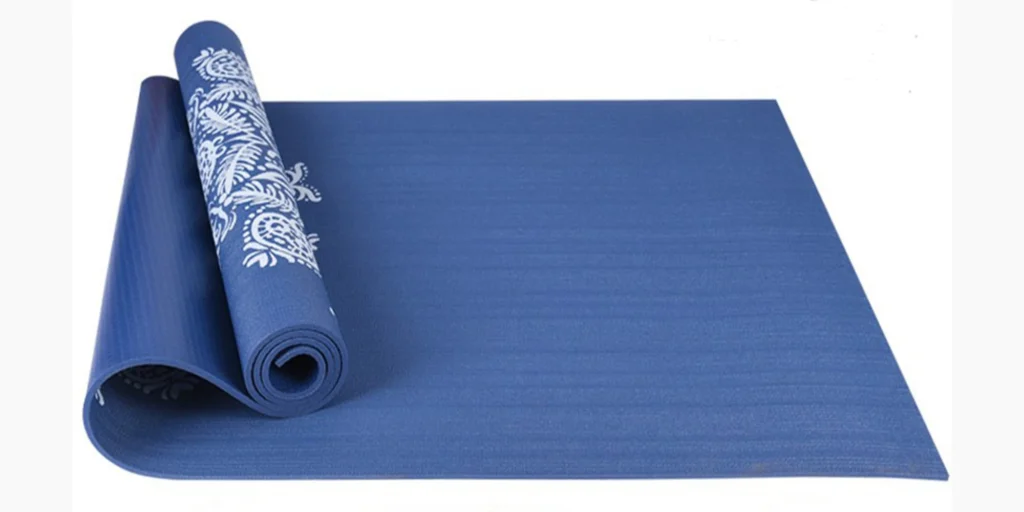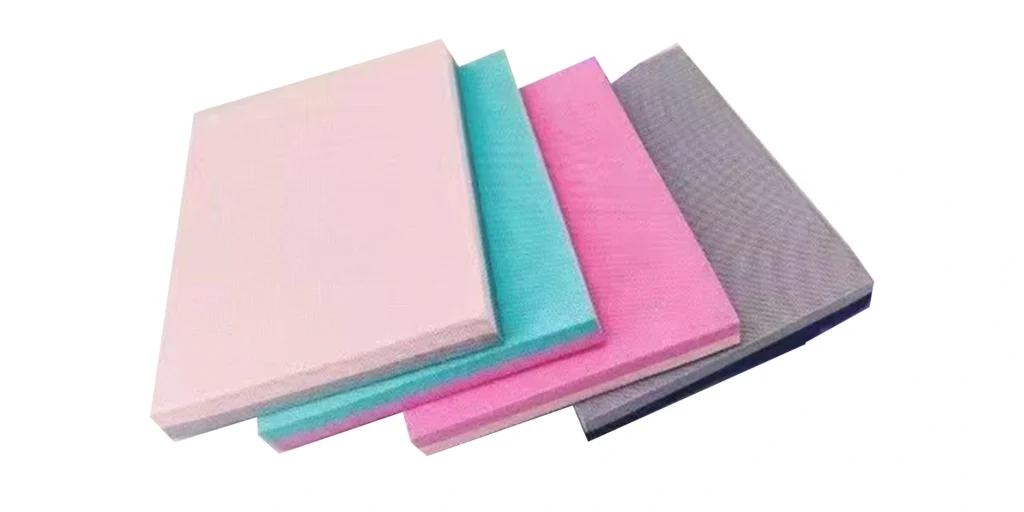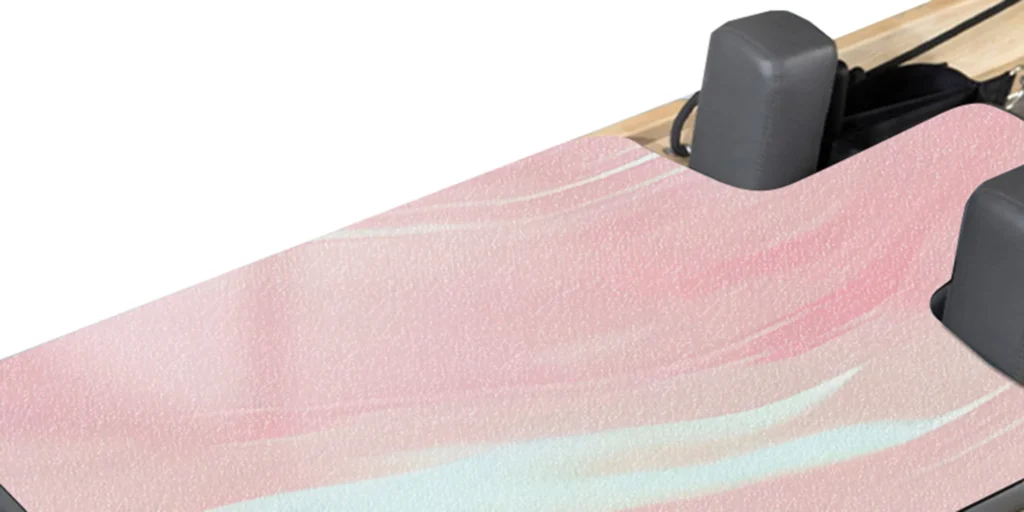Abstract
Polyethylene (PE) foam and ethylene-vinyl acetate (EVA) copolymer foam are two prevalent cushioning and packaging materials extensively utilized in household packaging and sports protective applications. These materials exhibit notable differences in density, elasticity, thermal resistance, and compressive strength. This paper provides a comprehensive comparative analysis of their properties to guide optimal material selection based on specific use cases.
1. Fundamental Material Characteristics
PE Foam:
- Composed of polyethylene with a closed-cell structure, offering lightweight properties and water resistance.
- Exceptional cushioning performance with superior impact absorption, making it ideal for high-frequency shipping applications.
- Cost-effective but exhibits lower thermal stability (deformation risk above 80°C).
EVA Foam:
- Incorporates vinyl acetate, allowing for both open-cell and closed-cell configurations.
- Enhanced flexibility and rebound resilience, suitable for ergonomic applications requiring body conformity (e.g., sports gear).
- Wider thermal tolerance (-40°C to 90°C) with UV resistance, though at a higher production cost.
2. Applications in Household Packaging
PE foam is widely adopted for fragile item packaging (e.g., electronics, glassware) due to its cost-efficiency and high impact resistance. Its closed-cell structure provides moisture and dust protection, ideal for long-term storage or maritime transport. In contrast, EVA foam is favored for premium product packaging (e.g., luxury electronics) owing to its precision-cuttable texture and refined tactile appeal, which enhances perceived value.
3. Performance Criteria for Sports Protective Gear
Sports equipment (e.g., knee pads, helmet liners) demands:
- EVA Advantages: Superior shock absorption, anatomical fit, and breathability outperform PE.
- PE Limitations: Higher rigidity compromises long-wear comfort, though it remains viable for budget-friendly padding.
- High-performance gear typically employs EVA or hybrid compositions to optimize protection and wearability.
4. Environmental Impact and Durability
- Recyclability: PE is more readily recycled, while modified EVA (e.g., starch-blended variants) offers biodegradability.
- Longevity: EVA excels in tear resistance for dynamic applications (e.g., yoga mats), whereas PE maintains shape stability under prolonged static compression.
FAQ
Q1: Which material is optimal for e-commerce shipping packaging?
A1: PE foam is recommended for its economical cost, robust impact resistance, and moisture-proof closed-cell design suited for multi-handling logistics.
Q2: PE or EVA for athletic shoe midsoles?
A2: EVA dominates the market due to its lightweight cushioning and energy return; PE’s rigidity limits its use to entry-level footwear.
Q3: How do they perform under extreme temperatures?
A3: EVA withstands a broader range (-40°C–90°C), ideal for outdoor gear. PE softens at high temperatures and becomes brittle in subzero conditions.
Q4: How to distinguish PE and EVA foam?
A4: EVA exhibits softer tactile feedback and faster rebound; PE feels firmer with more visible cellular structure when stretched.
Q5: Which is more environmentally sustainable?
A5: PE has established recycling infrastructure, but advanced EVA formulations with degradable additives represent emerging eco-friendly innovations.
WELLE Trade has over 20 years of experience in the production and processing of PE/EVA/TPE foams, so you may want to consult with them if you have any sourcing needs.
